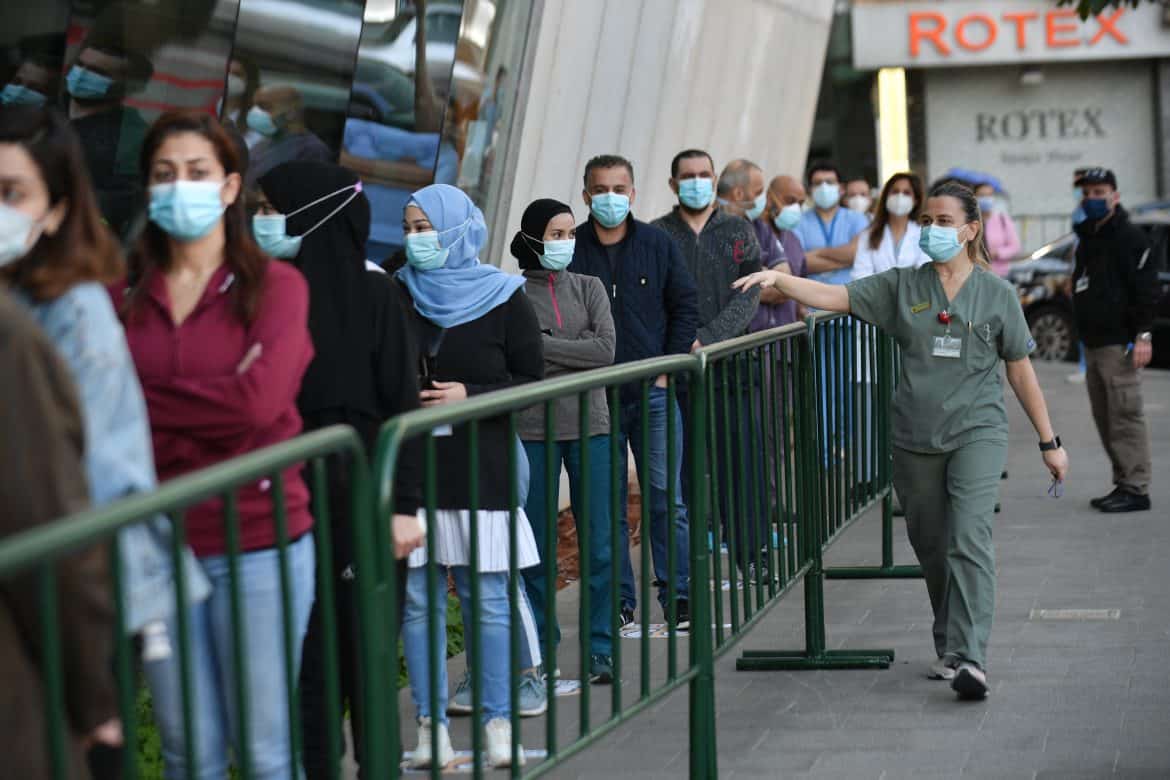Fadi Makki
Dr. Fadi Makki is a Partner & Director in Boston Consulting Group’s Behavioral Science Lab and founder of Nudge Lebanon, with over 25 years of experience in public policy, socio-economic development, and behavioral economics. He pioneered behavioral insights in the Arab region, co-chairs the WHO’s Technical Advisory Group on Behavioral Insights and Sciences for Health, and is an Adjunct Professor at HBKU in Qatar. He holds a PhD from Cambridge University and multiple master’s degrees.

